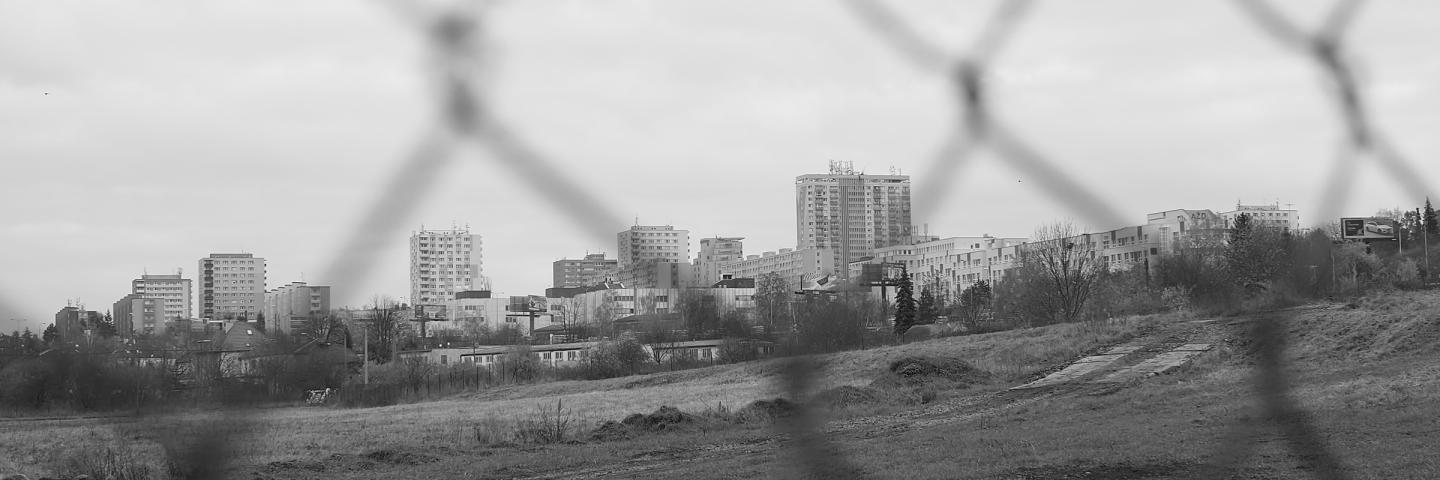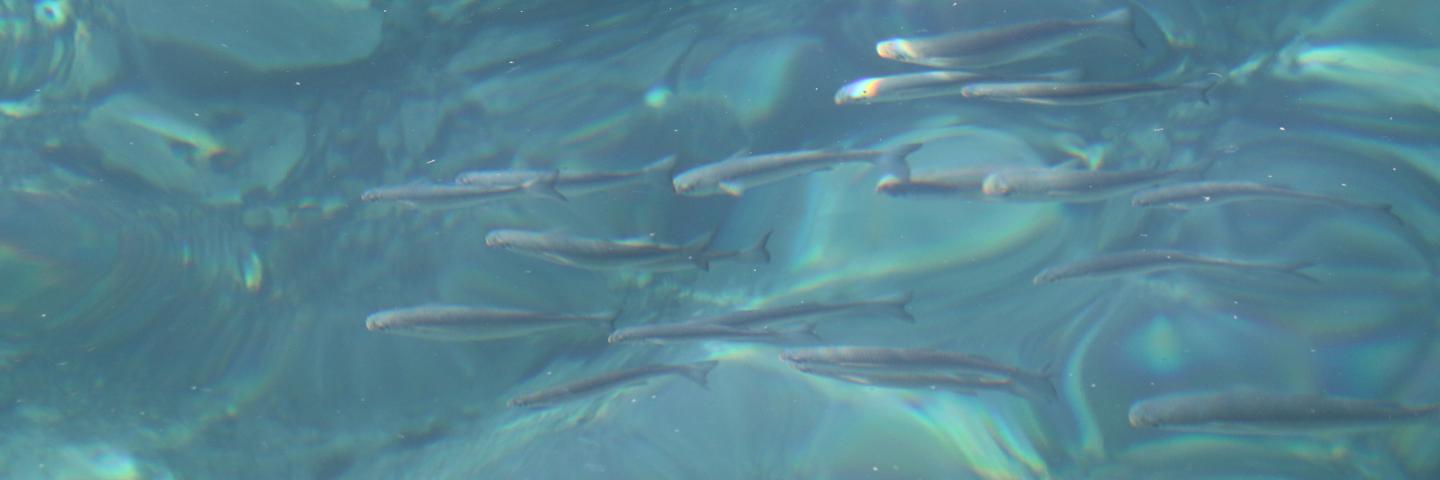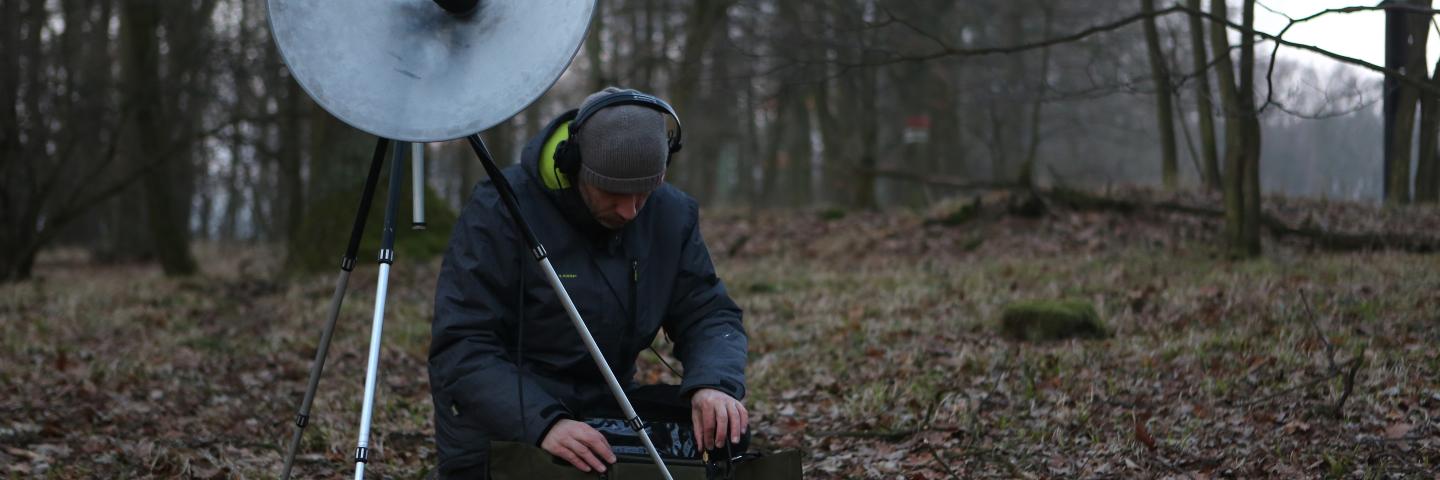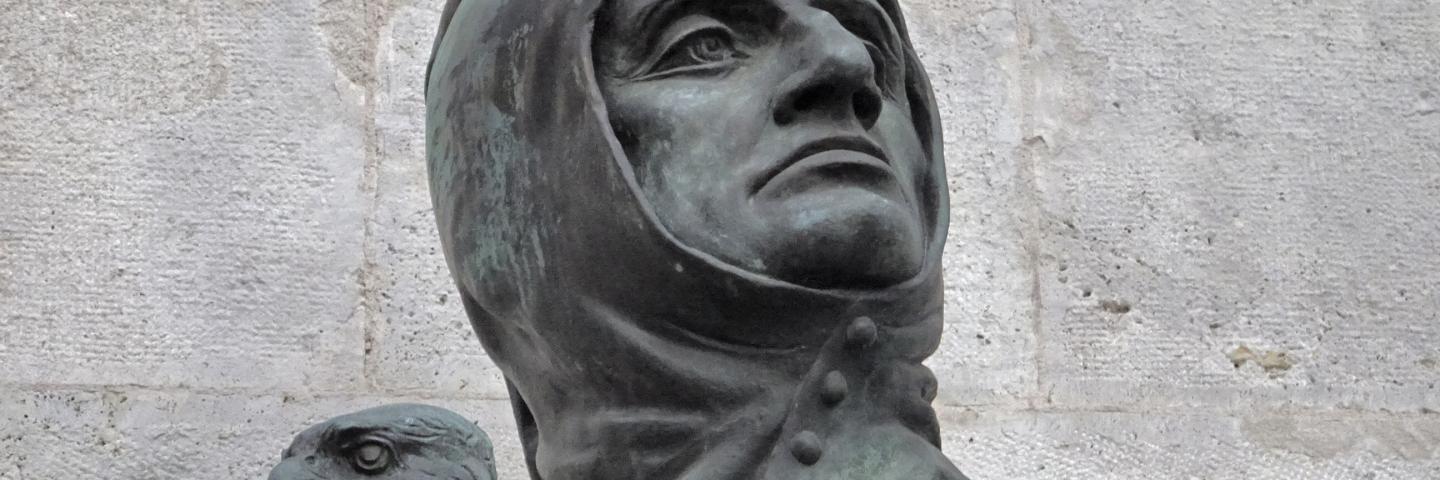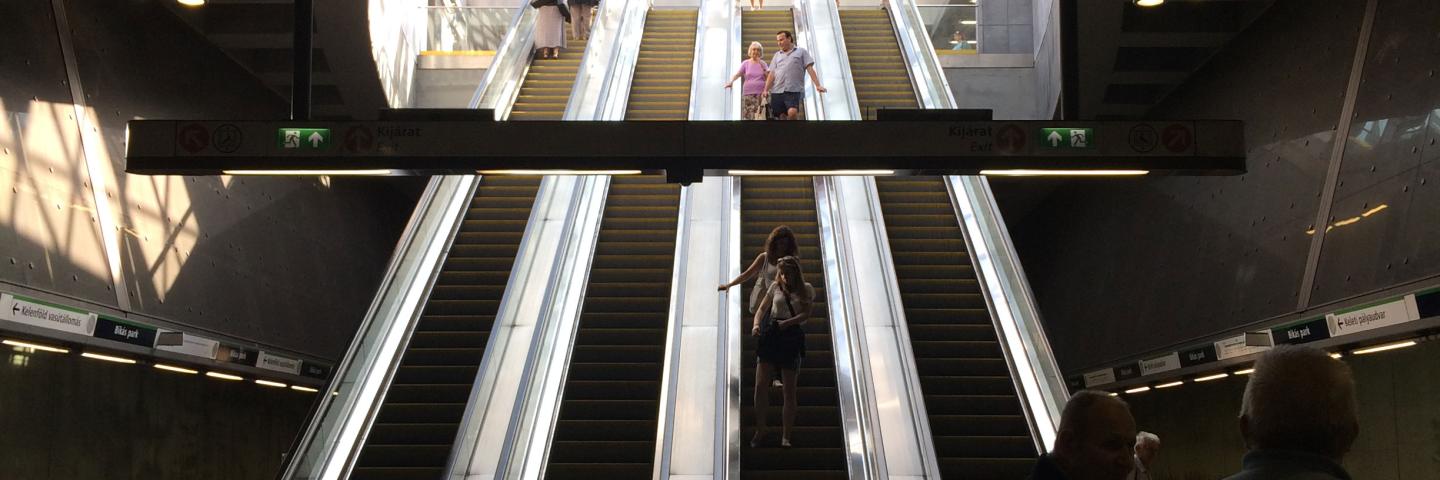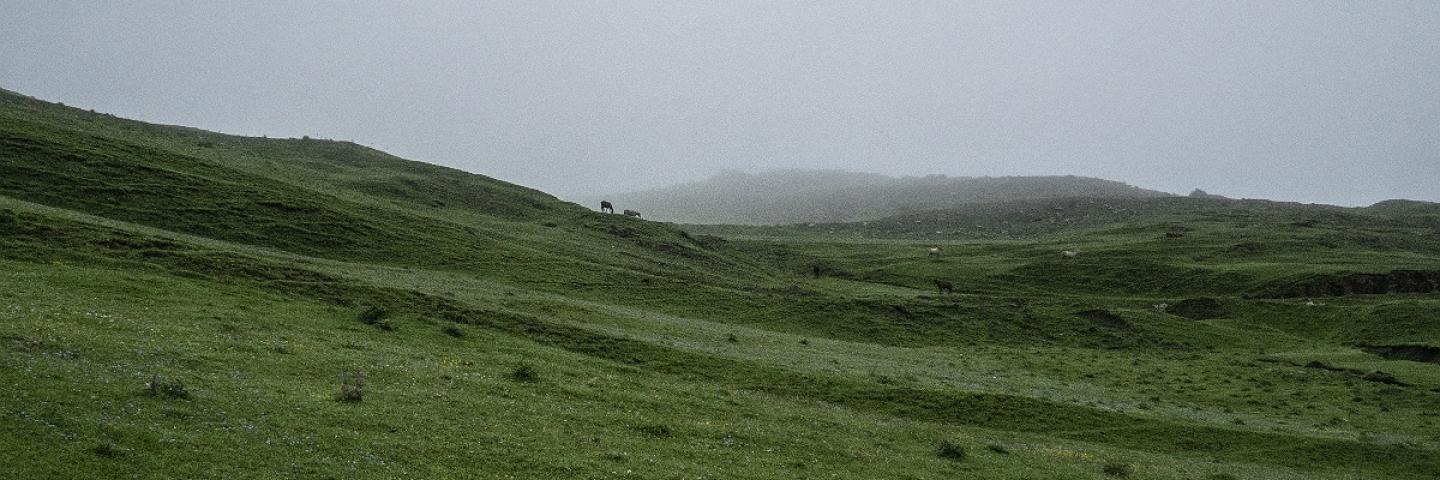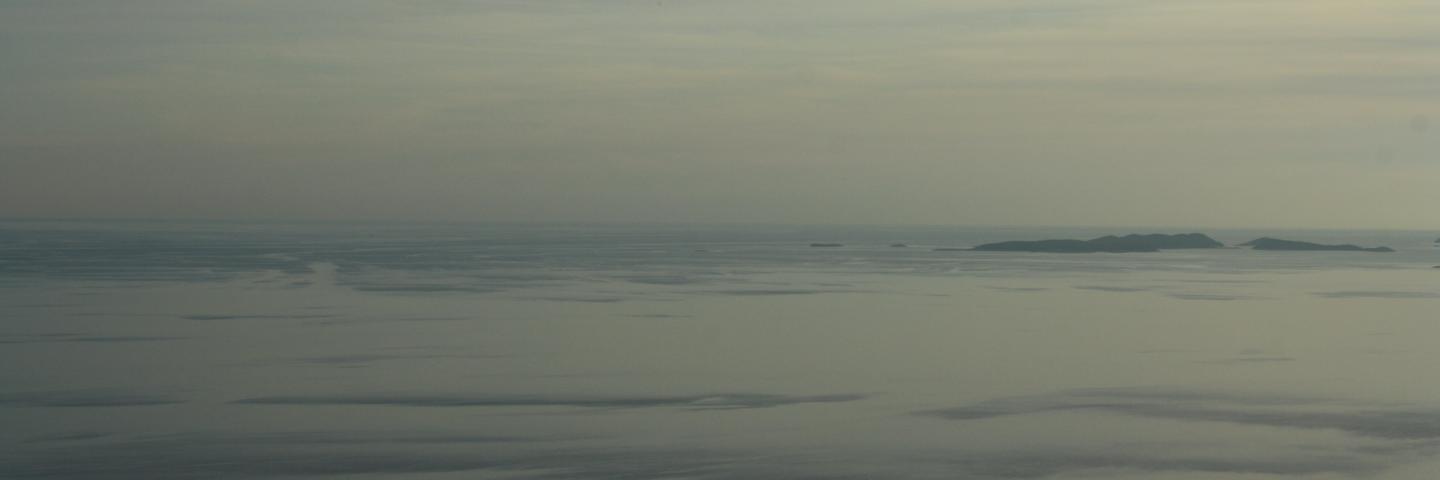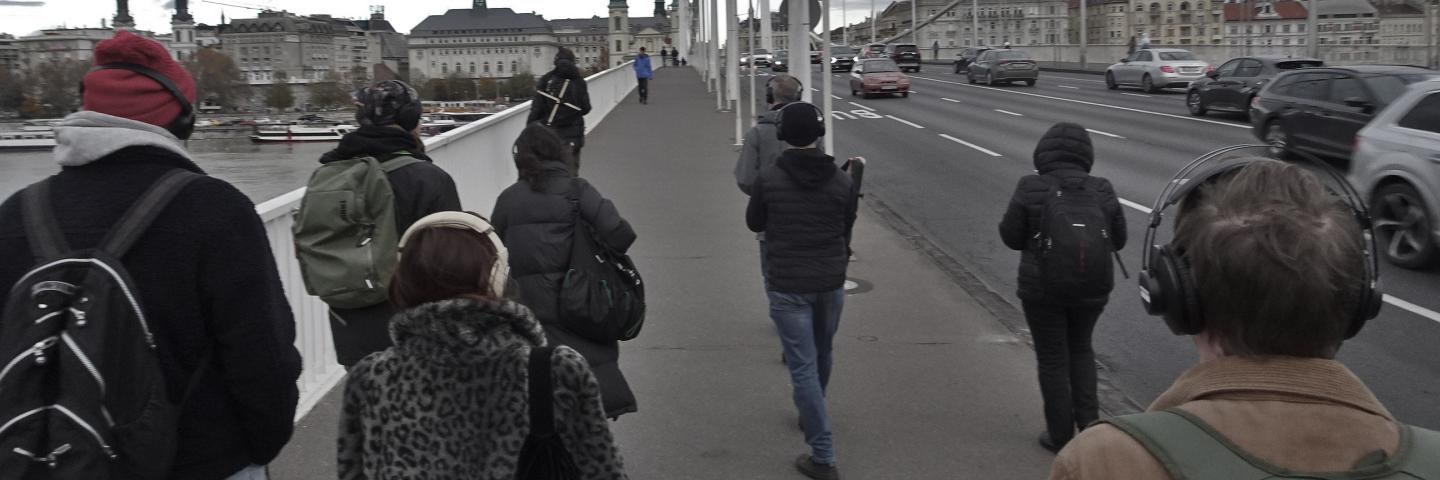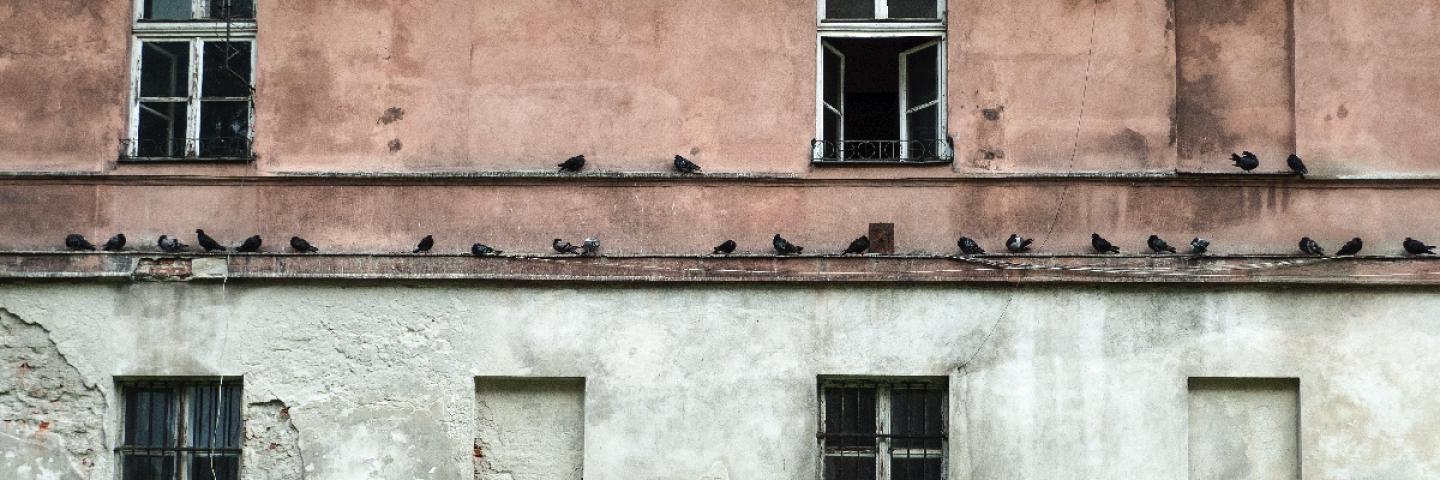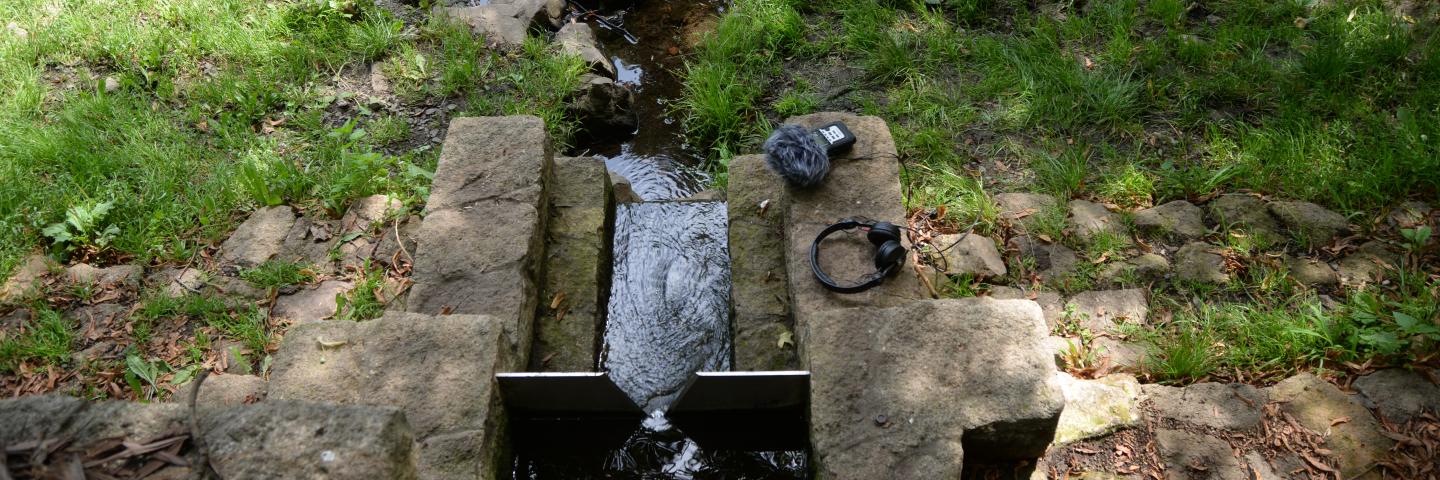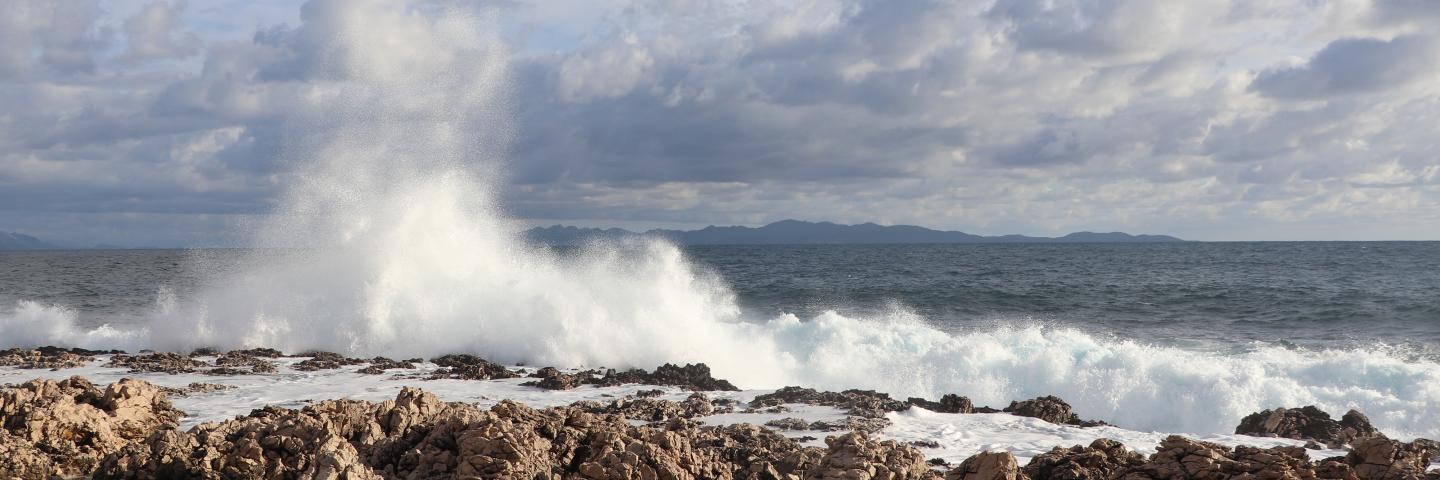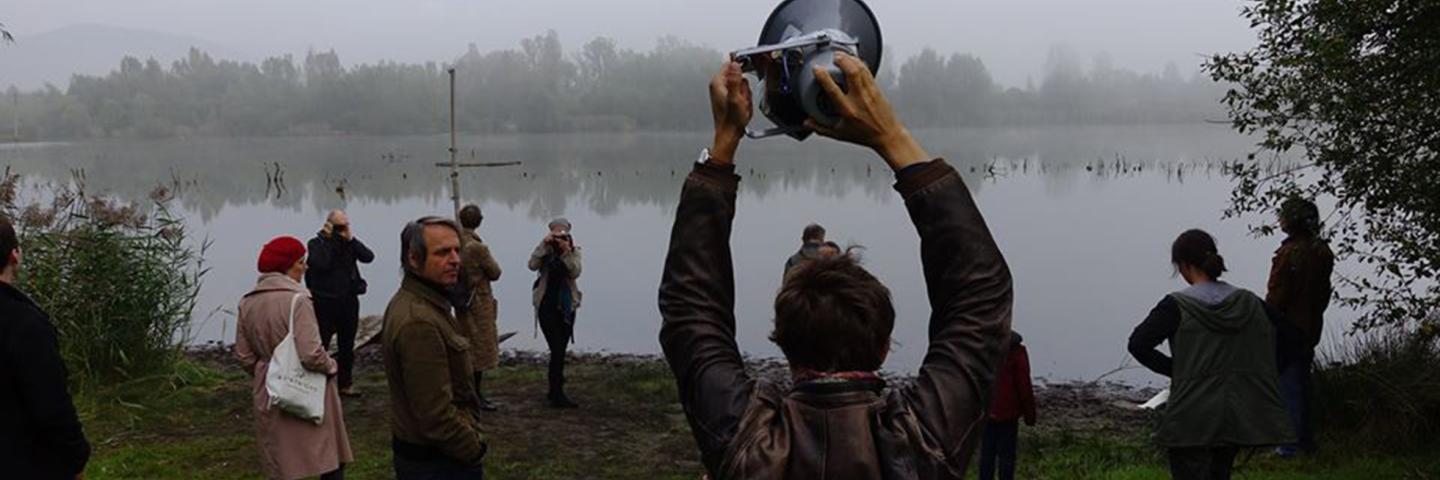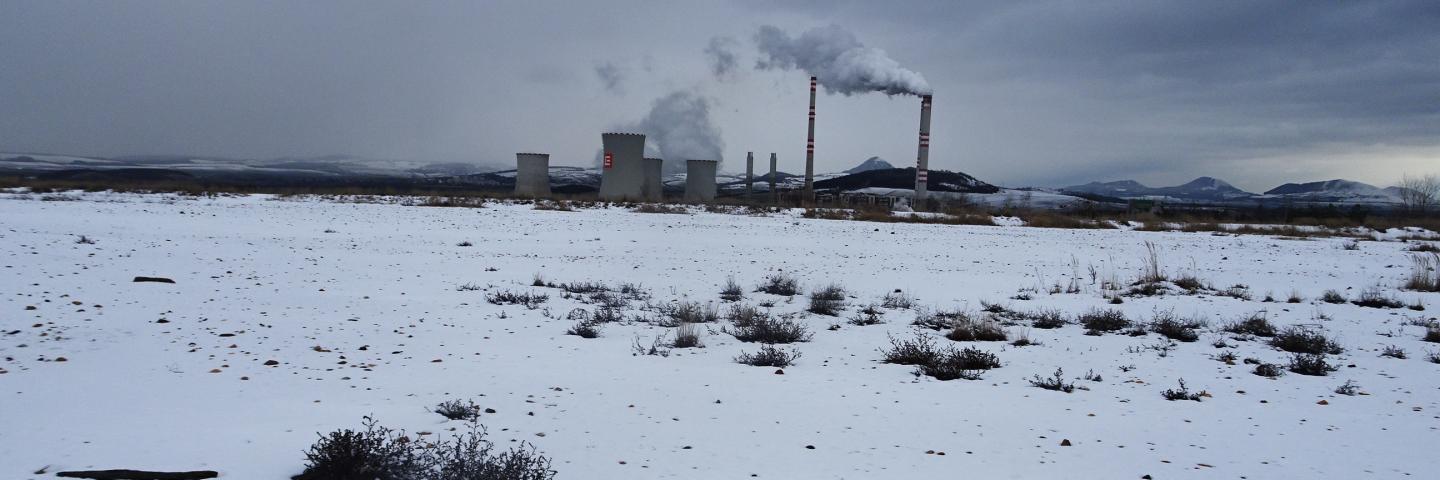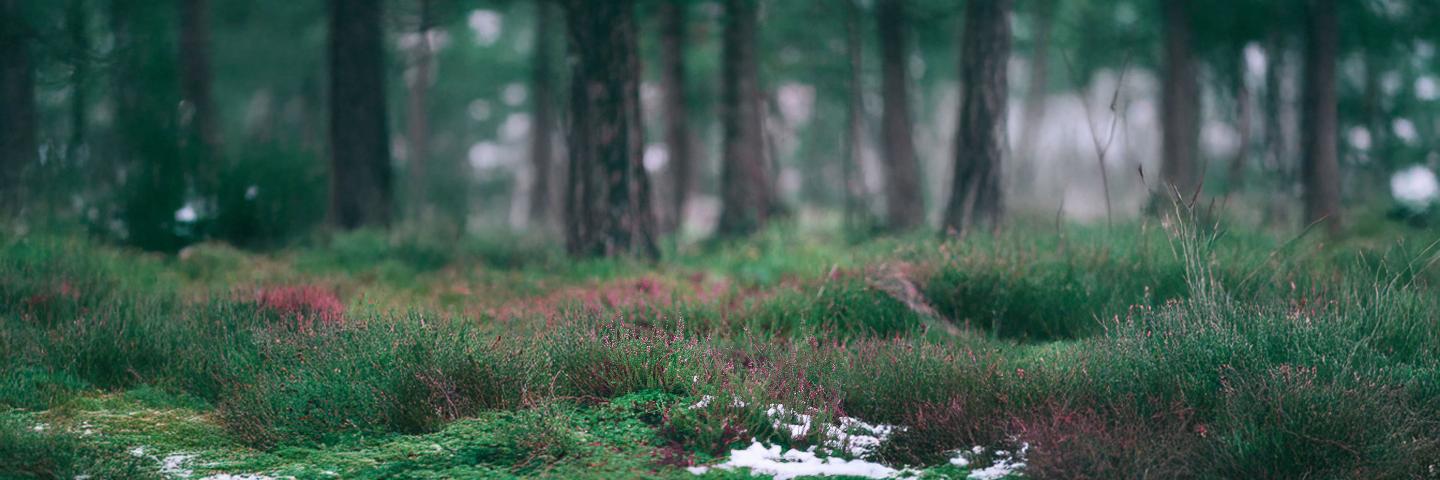Rudolf Pöch

Rudolf Pöch (1870 Tarnopol, Galicia, 1921, Innsbruck) is known as a pioneer in photography, cinematography, and audio engineering. He can be regarded as a founding father of the Institute for Anthropology and Ethnography at the University of Vienna. Completed his education in Vienna, where he first studied law. After a short period of time, he switched to studying medicine. In 1895 he received his doctorate in medicine and in 1896 he was offered a position as assistant physician at the Vienna General Hospital. When the plague broke out again unexpectedly in China in 1897 and was brought to India via Hong Kong, the Austrian Academy of Sciences (ÖAW) sent a medical commission to Bombay for research and support, including Rudolf Pöch.
Even on this first trip outside Europe, Pöch took numerous photographs in India and Egypt. This awakened his interest in ethnography and anthropology. He eventually studied anthropology and ethnology with Felix von Luschan in Berlin between 1900 and 1901. Along the way, he worked in the African-Oceanic department of the Berlin Museum für Völkerkunde. His first ethnographic work, entitled "Geschnitzte Figuren aus Deutsch-Neuguinea" ("Carved Figures from German New Guinea"), appeared as early as 1901. In 1902, Pöch embarked on his next voyage as a ship's doctor to West Africa, Senegal, Gambia and Guinea. He was to examine malaria there.
From 1904 to 1906 he undertook his first expedition to New Guinea and Australia, which he largely financed himself. During his investigations of living Aborigines in New South Wales, he also acquired a collection of 41 skulls and 5 skeletons of Australian aborigines. He brought back with him research material of 400 people from New Guinea and Australia, 1500 photographs, 72 phonographic recordings, as well as numerous ethnographic objects and skeletal materials. Cape Nelson carrying out scientific studies on the local people and collecting material culture, now residing in museums in Vienna. He made audio recordings on wax cylinders, including four Maisin yaru. Subsequently, Eduard Suess, President of the Austrian Academy of Sciences, commissioned Rudolf Pöch with a research trip to South Africa. There he was to investigate the San population. The journey lasted from 1907 to 1909 and Pöch brought an extensive collection of ethnographic and zoological objects back to Vienna as well as 150 skeletons and 200 skulls. Among them were the remains of the Khoisan couple, Klaas and Trooi Pienaar. These had been stolen from their grave by Pöch through his helper Menharto shortly after their death.
